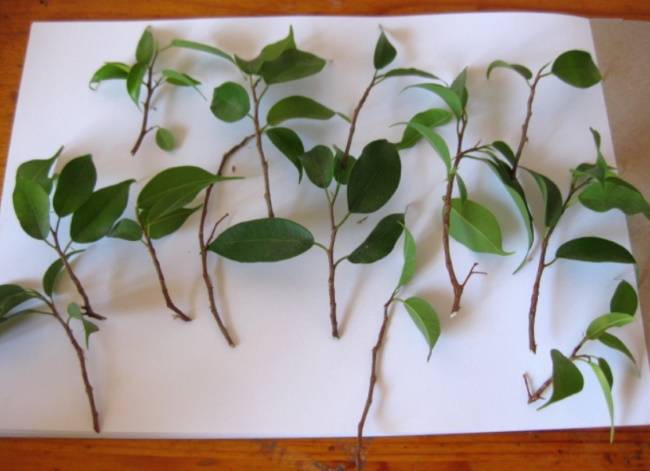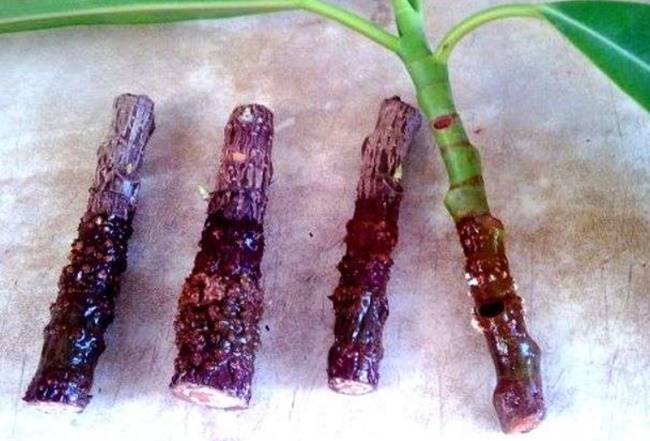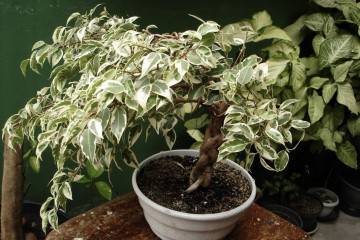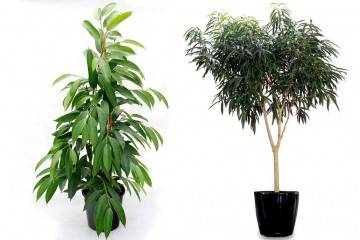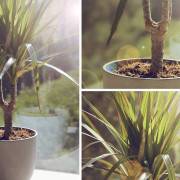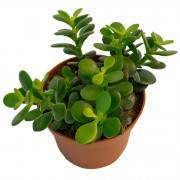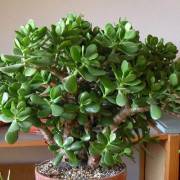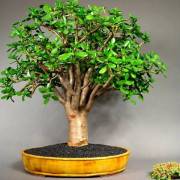How to propagate Ficus at home - all possible ways
Content:
7 groups belong to the mulberry family, which bear the scientific name tribe. The Ficus tribe includes one genus - Ficus. The genus is represented by plants of various shapes in the form of bushes, climbing vines or trees with large or small leaves of different colors, evergreen or deciduous.
Description of ficuses
The roots of some ficuses are so strong that they can penetrate into cracks in rocky rocks and destroy them. Some of the representatives of the genus Ficus are stranglers of fellows from the plant world - they begin their life cycle on the branches of other plants, where they get in the form of seeds with the help of birds and the wind.
They don't need soil to grow. They germinate in the tissues of a foreign plant and receive vitality from it. Absorbing sunlight and moisture from the air, they gradually form aerial roots, which then entwine the owner of the place, oppressing him. As a result, the plant that has sheltered someone else's seed dies, and a ficus strangler grows over it, relying on the openwork of the root system.
Out of 1000 plants belonging to the ficus genus, dozens of its representatives fit into the home interiors. Various indoor ficuses have been popular since the era of our great-grandmothers. The list of the most famous includes tree species:
- various varieties of large-leaved and small-leaved Benjamin ficuses with drooping branches and densely spaced leaves;
- rubbery varieties containing milky juice in their stems;
- variegated varieties with different leaf shapes.
How to propagate ficus at home
You can propagate ficus at home using cuttings or parts of the root, air layers, seeds, leaves. Plants are cloned under industrial conditions.
Propagation of Ficus by cuttings
An easy way to propagate domestic plants is cuttings. Reproduction of ficus by cuttings is no exception. This way you can get several new plants at the same time. Ficus cuttings will be successful if you use sharply sharpened clean tools. Use a sharp blade or a sharpened knife.
To grow the root system of ficuses in water, separate dishes are prepared for each cuttings. Use settled rain or spring water at room temperature. An activated carbon tablet is placed on the bottom of the container. Until roots appear, water level control is mandatory. Its height should be 2-3 cm.
Seed propagation
Getting ficus seeds at home is problematic. Pollination of flowers from plants of this genus requires the presence of pollinating insects or artificial pollination. To grow ficus at home, the reproduction of which is planned to be carried out with the help of seeds, it is required to obtain or purchase high-quality seed material.
Before sowing, the seeds are treated with a growth stimulant and means of protection against rot, diseases and pests. These can be broad-spectrum biological products. Then the wet seeds, packed in a plastic bag, are placed in the cold for several hours. This may be the part of the refrigerator where low positive temperatures are maintained.
For sowing, prepare containers with a nutrient substrate. For example, a mixture of peat and sphagnum moss or humus and sand (2: 1). The substrate is compacted and moisturized. The seeds are spread over the surface of the soil and sprinkled with a thin layer of sand. A distance of 3-5 cm is maintained between the seeds.
The seed boxes are covered with clear glass or a lid. Keep in a warm room. Further care involves regular watering and ventilation. After the emergence of seedlings, the glass is raised above the box - put on additional supports. After 2-3 days, the glass is removed completely.
After the appearance of 3-4 true leaves, the first dive of the seedlings is carried out. After 2-3 weeks, a second pick is made. Distances are maintained between seedlings, allowing the leaves of individual plants not to touch each other. At the age of 2 months, the sprouts are transplanted into individual containers.
Propagation by air layers
Leaves are removed on a piece of ficus stalk about 15 cm in size and cuts are made up to 1.5 cm long. Matches or dry sticks are inserted into the slots. Wet moss or sawdust is applied to the slots, loosely wrapped with plastic wrap. The moss is constantly moistened with a syringe.
After the surface of the moss begins to entangle the ends of the aerial roots, the film is removed, the cuttings are cut below the root formation site and planted in a box with a nutrient mixture.
Reproduction of ficus by a leaf
In this case, a large-leaved plant is used. Cut a stalk consisting of one leaf and part of the stem. Make sure that a dormant bud is preserved at the base of the leaf. The end of the stem is then placed either in water or potting soil. The step-by-step process of building up the roots implies the same activities as with the usual rooting of cuttings.
Plant propagation by part of the root
Sufficiently mature plants are dug out of the pot. Remove the top of the stem with leaves. The root system is cleaned from the ground and divided into parts with a knife. In pre-prepared pots with moist nutrient soil, each piece of root is planted at a shallow depth. The containers create the conditions of a mini-greenhouse - they are covered with a transparent cap made of film or glass. All pieces of roots can be placed in one large box, and after rooting, they can be planted in separate pots.
Rooting process and planting
The uniqueness of the cultivation of ficuses is that these plants secrete plant sap. Therefore, before rooting, pay attention to the fact that the cuttings can be planted after the milk ceases to be released from plant tissues.
Planting is carried out in moist soil, in which there are no pathogenic microbes and pest larvae.
Follow-up care of seedlings
Rooting of ficuses is a long process. On average, it lasts 2-2.5 months. All this time, the seedlings require constant attention. Watering is carried out with non-chlorinated water, the soil is checked for the absence of rot, they can form with excessive moisture intake.
Trace elements and basic nutrients are added to the soil as the seedlings grow. Complex fertilizers are used for growing ficuses. The grown plants will need additional lighting. Phytolamps are used if necessary.
Diseases and pests during the reproduction of Ficus
The main concern of the grower when rooting ficus seedlings is their protection from fungal infections, viruses, pests. Ficuses can be sick with root rot, powdery mildew, gray rot. Their leaves may turn yellow and fall off. Spider mites, aphids, mealybugs can settle on the stems and leaves.
Plant protection consists in the treatment of the soil and planting containers, working tools and hands of the grower with disinfectants, prophylactic fungicides, insecticides. When signs of diseases or pests are found, drugs are used to combat them.
At the end of the 20th century, decorative ficuses lost their popularity for some time. Thanks to the work of breeders, they again became fashionable plants, adorned the interiors of apartments, houses and offices with their presence. Beautiful and such home-made flowers - ficuses deserve not to be forgotten.


